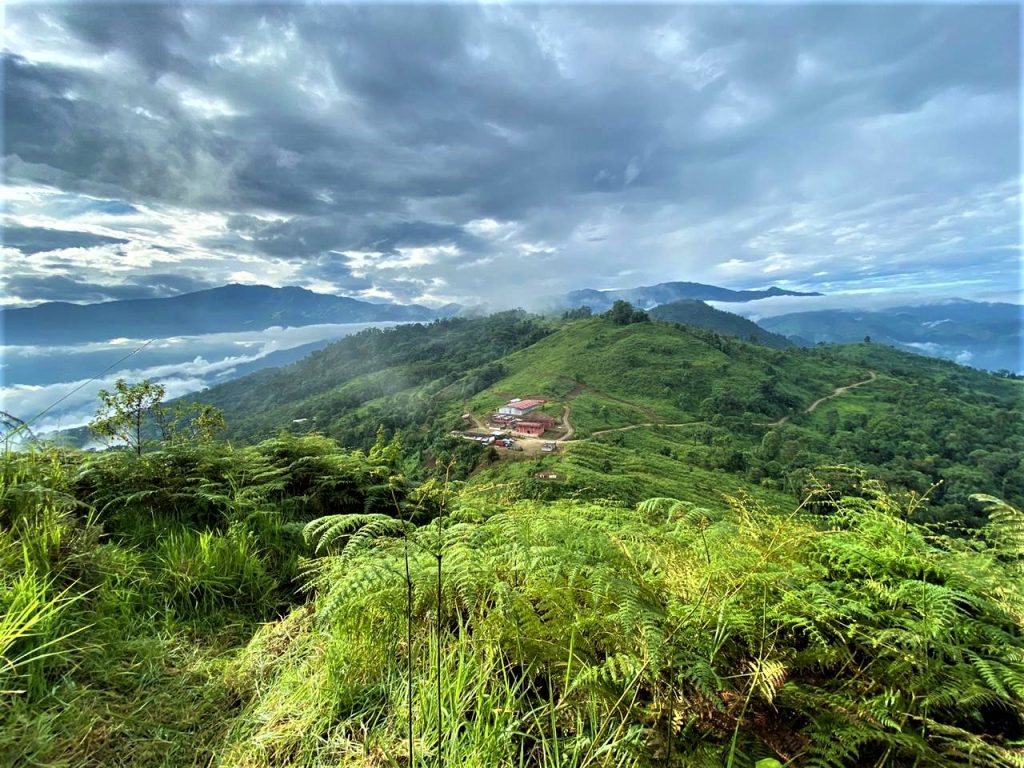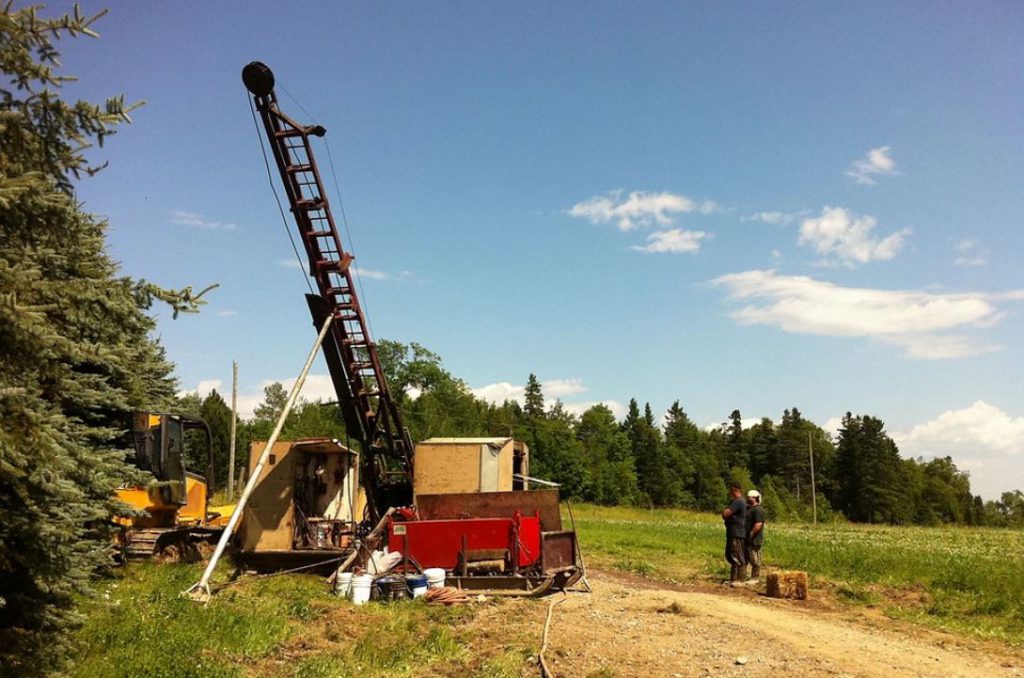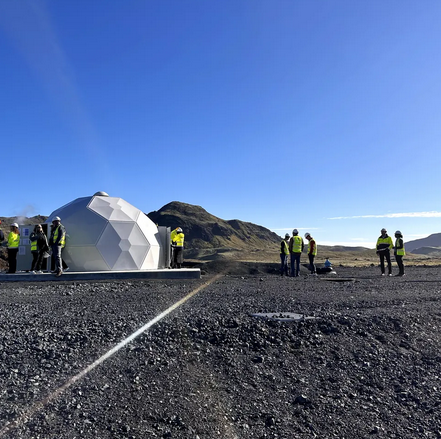Lumina Gold secures improved Ecuador terms with Cangrejos mining permit, analyst says

Lumina Gold (TSXV: LUM) has secured an exploitation permit with attractive financial terms from Ecuador, keeping its Cangrejos gold-copper project on track for a mid-2025 feasibility study.
The contract includes $25 million in advance royalty payments to the government split into four stages, the company said this week. Royalties start at 3% for gold priced below $2,225 per oz. and rise to 8% for prices exceeding $3,225 per ounce. The $925 million capex project aims to produce 469,000 gold-equivalent oz. annually over a 26-year mine life.
Haywood Securities says Lumina’s royalty terms are “slightly better” than expected. Its rates are more favorable than those of peers like SolGold (LSE: SOLG; TSX: SOLG), analyst Kerry Smith said on Thursday. SolGold is advancing its Cascabel copper-gold asset through a set of milestones. The permit requires a $25 million advance royalty payment. This is much lower than SolGold’s $75 million deal, making the project more attractive, Smith said in his note.
The company is de-risking the Cangrejos project with feasibility study funding from Wheaton Precious Metals (TSX: WPM; NYSE: WPM; LSE: WPM), Smith said. Lumina’s $300 million precious metals purchase agreement with the metals streamer supports the project’s development. Finalizing the exploitation contract will unlock another $6 million in funding.
Future M&A
The analyst takes a long view on the asset.
“We expect the goal is a sale of this large project to a well-funded gold or copper producer,” he said.
At C$41.84 apiece in Toronto, Lumina shares are up 82% over the past 12 months, ranging between C$22.84 and C$44.00. It has a market capitalization of C$11.2 billion.
The Vancouver-based firm ranks the project among the world’s top 26 undeveloped gold assets. It began work on the feasibility study in January. Results to date include a bigger and more advanced plant with throughput rising to 40,000 tonnes per day from 30,000 tonnes outlined in a 2023 prefeasibility study. This redesign accelerates gold and copper output and simplifies future expansions, Lumina said.
CEO Marshall Koval said receiving the permit is a major step for the project and for Ecuador.
“The royalty terms strengthen the project’s economics and align with our pre-feasibility study as we prepare for the next phase,” he said in a Nov. 26 statement.
Lumina’s new mine plan aims to first mine higher-grade ore from the Cangrejos deposit. It will defer operations at the nearby Gran Bestia mine.
Cangrejos holds 659 million tonnes of probable reserves at 0.55 gram gold per tonne, 0.1% copper and 0.69 gram silver for 11.6 million oz. gold, 1.4 billion lb. copper and 14.4 million oz. silver metal. These are held in an indicated resource of 1 billion tonnes at 0.48 gram gold, 0.09% copper and 0.7 gram silver for 3.7 million oz. gold, 483 million lb. copper and 7 million oz. silver metal.
Gaining momentum
Ecuador had extended its mining concession until 2049, further giving the project momentum towards development, the company said on Nov. 21. But to meet its permitting targets, Lumina must secure an environmental license following public consultations to take place next year.
Lumina has committed $721 million for construction and preproduction from 2025 to 2031 under Ecuador’s investment protection framework which guarantees compensation for investors in case of expropriation, policy changes, or unforeseen disasters. Investments beyond this amount will also qualify for protection.
Ongoing work includes a geotechnical field program with 20 boreholes and over 9,500 metres of geophysical surveys. Hydrogeological studies includes drilling and pump-testing 12 wells. Lumina is finalizing its resource estimates, plant design and costs with Ausenco Engineering, which manages the feasibility study.
More News
PDAC Video: Blue Lagoon preps for July gold production start in British Columbia
April 11, 2025 | 02:46 pm
Manganese X poised to begin pre-feasibility study at Battery Hill
April 11, 2025 | 02:39 pm
{{ commodity.name }}
{{ post.title }}
{{ post.date }}




Comments